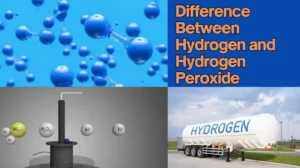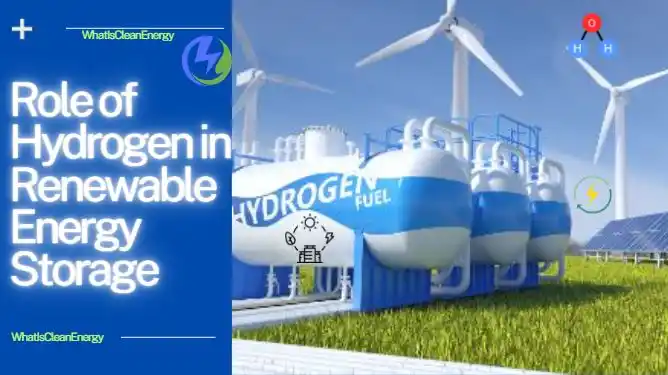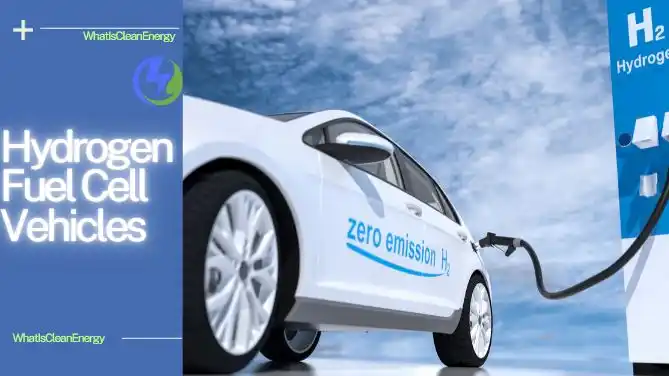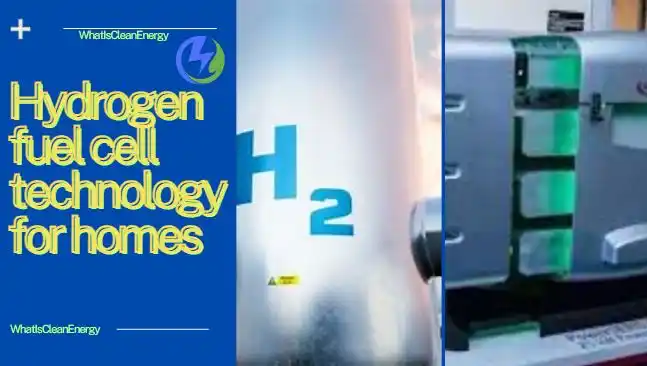The first hydrogen-powered passenger train in the United States marks a significant milestone in clean transportation. This innovative train, unveiled in San Bernardino, California, represents a major step towards reducing pollution and promoting sustainable travel. Hydrogen-powered trains offer a promising alternative to traditional diesel trains, providing a cleaner, quieter, and more efficient mode of transportation.
What is a Hydrogen-Powered Train?
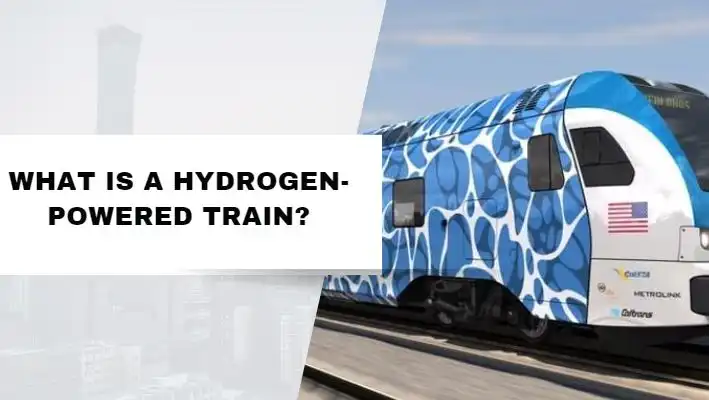
Understanding Hydrogen Fuel Cells
Hydrogen-powered trains use hydrogen fuel cells to generate electricity. A hydrogen fuel cell combines hydrogen and oxygen to produce electricity, water, and heat. This process is clean, as the only byproduct is water vapor. Unlike diesel engines, hydrogen fuel cells do not emit harmful pollutants, making them an environmentally friendly option.
How Hydrogen-Powered Passenger Train Works
The hydrogen fuel cell generates electricity, which powers the train’s electric motors. Hydrogen is stored in tanks on the train, and oxygen is taken from the air. When hydrogen and oxygen combine in the fuel cell, they produce electricity, which drives the train. This process is efficient and produces zero emissions.
The First Hydrogen-Powered Passenger Train in the US
Development and Unveiling
The first hydrogen-powered, zero-emission passenger train in the US was developed by collaborating with several organizations. The San Bernardino County Transportation Authority (SBCTA), the California Department of Transportation (Caltrans), and the Southern California Regional Rail Authority (Metrolink) played key roles in this project. The Hydrogen-Powered Passenger train was unveiled in San Bernardino, California, in September 2024.
Key Features
This hydrogen-powered train, known as the Zero Emission Multiple Unit (ZEMU), has several notable features:
- Zero Emissions: The train produces no harmful emissions, contributing to cleaner air.
- Quiet Operation: Hydrogen fuel cells are quieter than diesel engines, reducing noise pollution.
- Efficiency: The train can travel long distances on a single tank of hydrogen, making it a practical option for passenger travel.
Benefits of Hydrogen-Powered Passenger Trains
Environmental Impact
Hydrogen-powered passenger trains have a positive impact on the environment. They produce zero emissions, which helps reduce air pollution and combat climate change. By using hydrogen fuel cells, these trains contribute to cleaner air and a healthier environment.
Economic Benefits
Investing in hydrogen-powered trains can also have economic benefits. Developing and manufacturing these trains creates jobs and stimulates the economy. Additionally, hydrogen fuel cells can be produced using renewable energy sources, reducing dependence on fossil fuels and promoting energy independence.
Improved Passenger Experience
Passengers on hydrogen-powered trains can enjoy a quieter and more comfortable ride. The absence of diesel engines reduces noise and vibration, making the journey more pleasant. Additionally, the clean energy source ensures a healthier environment for passengers and communities along the train’s route.
Challenges and Future Prospects of Hydrogen-powered Trains
Technical Challenges
Despite their benefits, hydrogen-powered trains face several technical challenges. Storing and transporting hydrogen safely is a significant concern. Hydrogen tanks must be robust and secure to prevent leaks and ensure passenger safety. Additionally, the infrastructure for refueling hydrogen trains is still developing, which can limit their widespread adoption.
Future Developments
The future of hydrogen-powered trains looks promising. As technology advances, the efficiency and safety of hydrogen fuel cells will improve. More countries and regions are investing in hydrogen infrastructure, making it easier to refuel and maintain these trains. Continued research and development will help overcome current challenges and pave the way for broader adoption of hydrogen-powered trains.
Conclusion
The introduction of the first hydrogen-powered, zero-emission passenger train in the US is a significant achievement in the field of clean transportation. This innovative train offers numerous benefits, including zero emissions, quiet operation, and improved passenger experience. While there are challenges to overcome, the future of hydrogen-powered trains looks bright. As technology advances and infrastructure develops, hydrogen-powered trains have the potential to revolutionize the way we travel, making transportation cleaner, quieter, and more sustainable.

